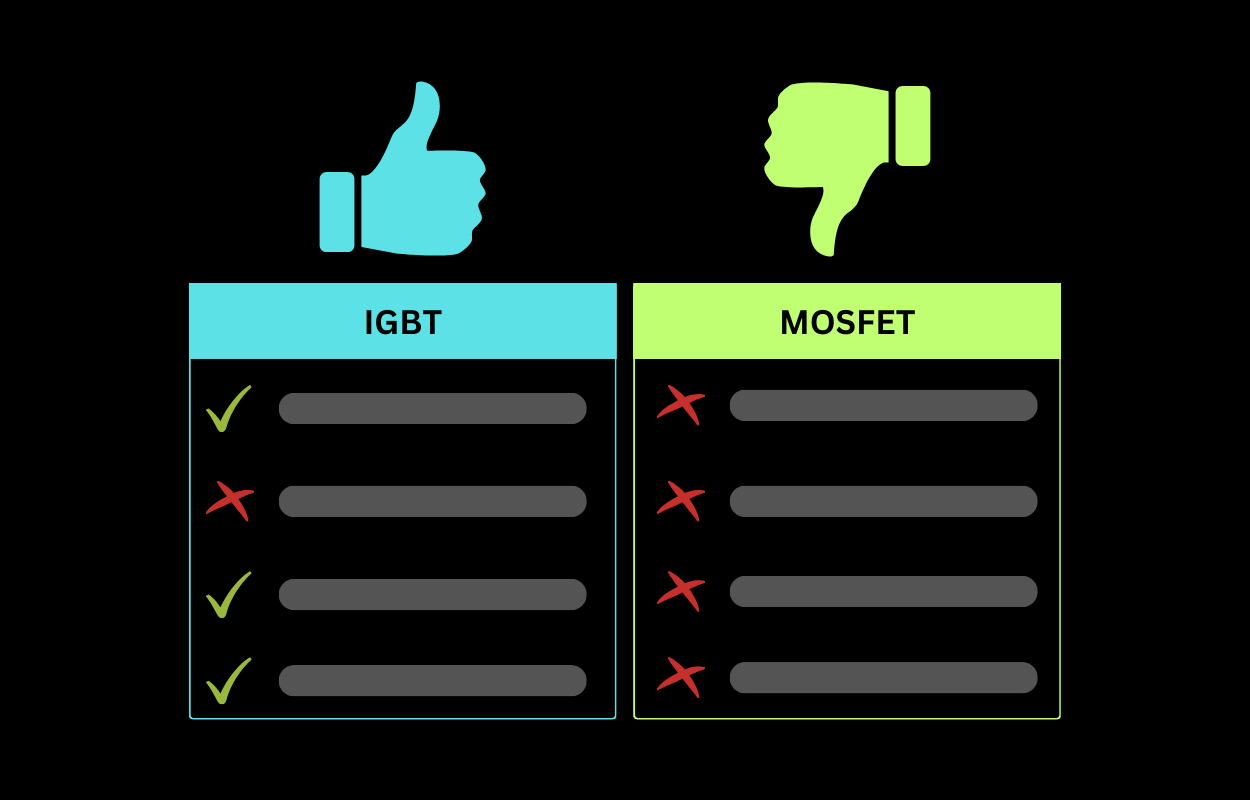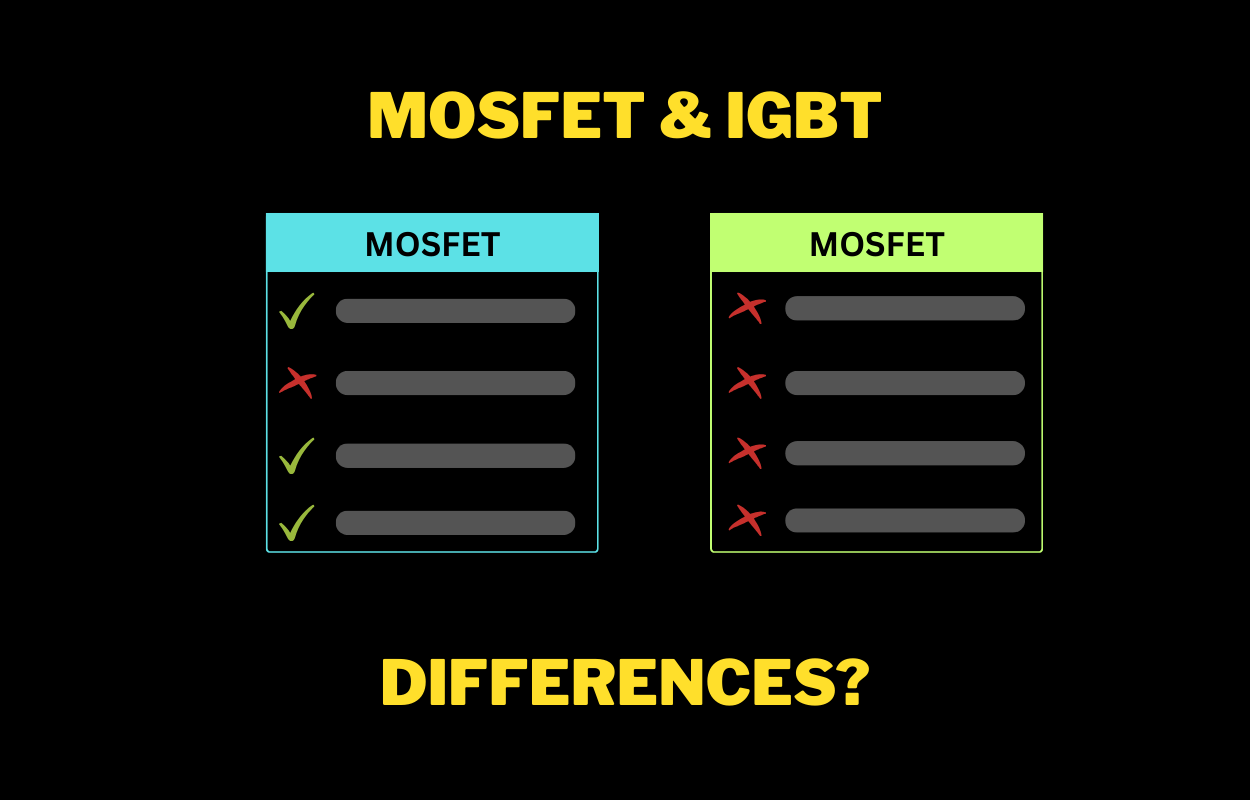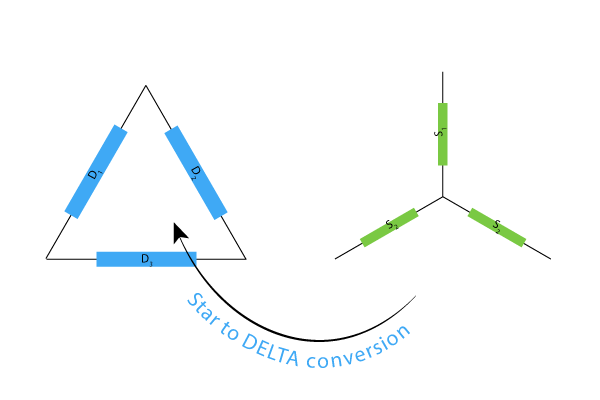How Solar Energy is Converted into Electrical Energy
As the world shifts towards sustainable and renewable energy sources, solar energy has emerged as a frontrunner. Harnessing the power of the sun to generate electricity is not only eco-friendly but also increasingly cost-effective. This blog post delves into the intricate process of how solar energy is transformed into electrical energy, highlighting the technology behind … Read more



